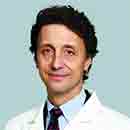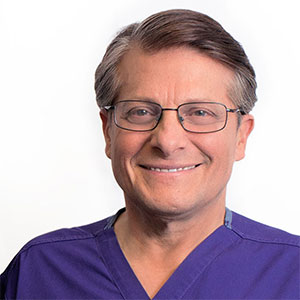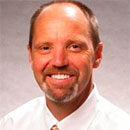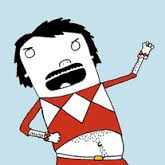Advanced Case of COPD Calls for Immediate Treatment
DEAR DR. ROACH: After over 50 years of smoking, my wife has chronic obstructive pulmonary disease (COPD) and bad scarring of her lungs, but fortunately she doesn't have cancer. She had respiratory syncytial virus (RSV) and no longer has nicotine cravings, but we aren't sure if it was RSV that killed her cravings.
She lies in bed day and night and only gets up to go to the bathroom. She walks 30 feet to the bathroom and gets out of breath. Her vitals are good for an ex-smoker, but oxygen therapy wasn't improving her oxygen level, which is 92%.
Is there anything she can do to stop getting out of breath when walking to the bathroom? I encourage her to do leg and arm exercises in bed, but she isn't doing them. -- B.M.
ANSWER: COPD is most often caused by smoking. Cough, shortness of breath, and a decreased ability to do usual activities are the most important symptoms. Weight loss, fatigue and sleep disturbances are also common.
Treatment for COPD begins with tobacco cessation (the sooner, the better since every day you smoke irreversibly destroys more lung tissue once you have COPD), so it's very good news that she quit. I have not seen other people report that a viral infection such as RSV lead to reduced cravings, so I can't answer if it really was the infection that did the trick for her.
Medication treatment for COPD usually involves inhaled medications, such as beta agonists like albuterol or long-acting forms of similar medicines like formoterol. Inhaled anticholinergic agents, like tiotropium and others, are also used, as well as inhaled corticosteroids such as fluticasone.
These medicines can be combined into two inhalers (or even one). The proper technique is essential, and I cannot tell you how often people who have been taking these for years still use them in a less-effective way.
Oxygen therapy is not effective when the person's usual oxygen saturation is above 89%, and insurance generally won't pay for it. Nutrition is an overlooked part of COPD treatment. Proper nutrition (especially adequate protein) is critical for building and keeping muscle strength. A visit with a registered nutritionist would very likely be worthwhile.
Additional medications are often used when a person is as debilitated as your wife. A very old medicine called theophylline is still useful for many to build respiratory muscle strength.
If she has tried all of these and is still doing poorly, I strongly recommend pulmonary rehabilitation. This should be done in an experienced center. A pulmonologist is a necessary guide to these therapies, especially more invasive therapies such as lung reduction surgery or lung transplantation. These are appropriate for a limited number of selected patients. Not everyone qualifies for these therapies.
DEAR DR. ROACH: What is considered a normal resting heart rate in adults? -- A.I.A.
ANSWER: The textbook answer is 60-100 beats per minute (bpm), but athletes often have heart rates that are lower than 60 bpm and are not a cause for concern. Similarly, both men and women tend to get faster heart rates as they get older, occasionally getting just over 100 bpm.
When there are no symptoms and no identifiable cause for the fast heart rate, it can be considered normal. So, 60-100 bpm is a rough guideline since there are some times when a person may be out of these ranges and still be healthy.
========
Dr. Roach regrets that he is unable to answer individual letters, but will incorporate them in the column whenever possible. Readers may email questions to ToYourGoodHealth@med.cornell.edu.
(c) 2025 North America Syndicate Inc.
All Rights Reserved









Comments